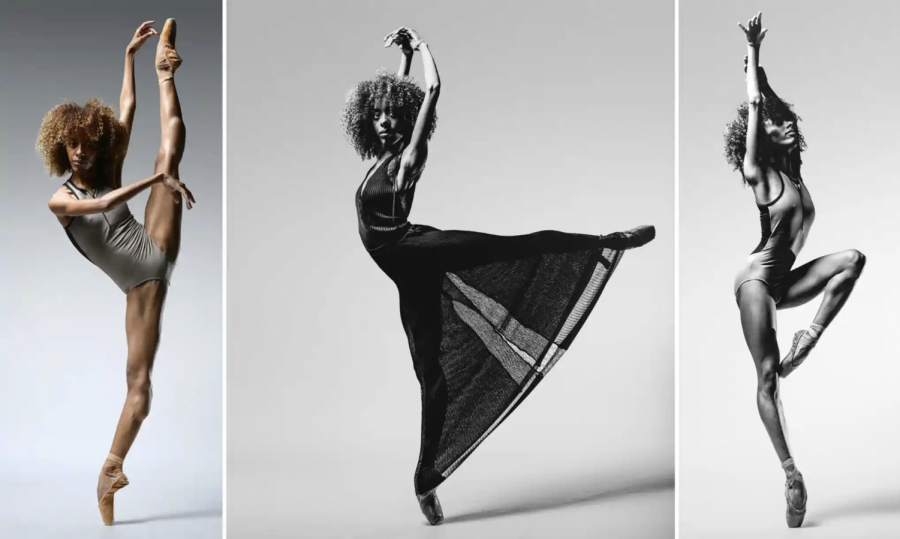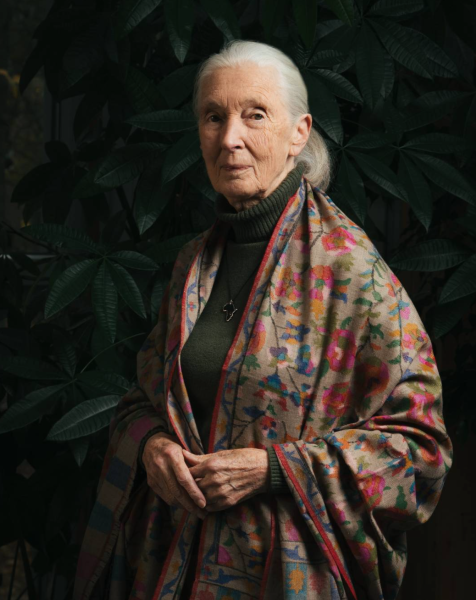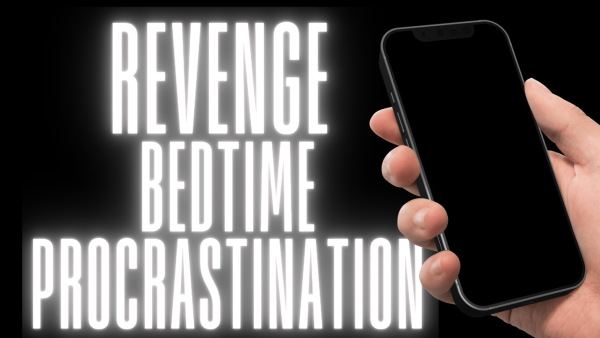Tradition in Ballet: A Double-Edged Sword
Ballet is built on the idea of tradition. The same techniques and steps developed years ago are taught, practiced and perfected over years of training in leading ballet companies around the world. The same iconic pieces, like “The Nutcracker,” “Swan Lake” and “La Bayadére,” created over 100 years ago, provide staple roles for dancers to aspire to even today. However, the same traditions that have built ballet also allow racial stereotypes to persist, creating an environment where not all feel welcome.
As ballet companies become more diverse, more dancers have found the power to speak out about how their cultures are represented in classical ballet pieces, from offensive stereotypes, costuming that undermines dancers of color and outdated makeup for performances. Two of these renowned dancers are Chloe Lopes Gomes and Misty Copeland. They have used their platform to speak out about the racist traditions that ballet upholds — one being the outrageous use of blackface in certain ballet pieces. It seems outlandish that in today’s society, dances are being performed with blackface on, such as the Bolshoi in Russia for “La Bayadére.”
The piece, which was first performed in 1900 in Russia, is set in India. In some cases, dancers in the ensemble are asked to do blackface to match the setting of the classic ballet. While this was rightfully called out by Copeland, many of the Russian dancers who performed in blackface saw no issue with it, with one saying “this is my creative work and this is not racism.” Many of them also went on to say that this was how Russia has always performed the piece and they felt no reason to change it, even though it undermines people of color.
Other groups also suffer from the offensive stereotypes that have long existed in classical ballets. An example is the offensive representation of Asians in ballets, known as yellowface by those advocating for changes in the dance community. Outdated representations of Asians from the 19th century show non-Asians dressing up in caricatures of their culture, such as Chinese Tea in “The Nutcracker.” These roles degrade the Asian culture and limit aspiring dancers who witness their culture being represented in such an offensive manner. Yet, around the world, these caricatures and insulting representations are still being performed in the name of tradition.
It’s not just the pieces performed on stage that heighten the issues of a lack of diversity and inclusion in ballet. Until 2017, pointe shoes, a staple for many serious ballerinas, weren’t made in colors beyond various shades of pink and white by any major company. This same issue can also be seen in the tights that dancers are required to wear. Both items are essential to dancers, but until recently, people of color weren’t represented at all.
Part of the tradition of ballet is a level of conformity, especially in the corps de ballet. Dancers of color in major ballet companies remain a rarity. Furthermore, these dancers are expected to blend in with the rest of the troupe. Many artistic directors will claim that having just one dancer in different colored tights and shoes would disrupt the uniformity expected of ballet. To them, it’s about the image being presented, not how the dancer feels about it. Even in ballet tradition, the colors selected for tights and shoes were meant to match the skin tone of the dancer, making the shoes blend in with the body to create a ghostly, light as air effect. In ballet, the tradition of uniformity trumps the varieties of natural skin color, ignoring the needs and wants of dancers of color.
Since its conception, ballet has been an exclusive and elitist tradition. By continuing to stand by these ideals, ballet remains stuck in the 19th century. If ballet doesn’t begin to change, the art form will lose relevance and die. Luckily, things seem to be progressing in the wake of criticism from ballet’s own.
The Paris Opera, one of the most traditional ballet companies, released a report announcing its plan to take steps towards ending discrimination in dance and taking action against the racist caricatures in classic ballet productions. In the report, the Paris Opera pledged to end blackface and yellowface, increase the number of dancers of color in their professional company and make changes to classical ballets. With major companies announcing changes, there is hope that change is coming to the dance community overall. Chloe Lopes Gomes’s ballet company, the Staatsballett, announced that they were looking into making reforms for the future based on her criticism, showing an effort to make ballet more open and diverse for all.
The ballet community may be taking steps towards diversity and inclusion within their companies, but if they continue to resist changes in the name of tradition, they will lose their audience and the next generation of dancers. When Gomes talked about the changes that needed to come to the community, she said, “If an audience doesn’t see people like them on stage, they won’t come.”
Audiences don’t want to come to ballet to see offensive portrayals of other cultures in the name of tradition. Audiences want to see the enduring steps and techniques of ballet from talented dancers, no matter their skin color. The ballet community has a chance to change for the better, as long as they can admit that their dedication to tradition might be what’s holding them back.
Samantha Scott, FCRH ‘24, is an international political economy major from Columbus, Ohio.










































































































































































































